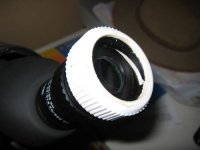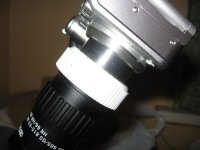CBB
Well-known member
Hi all,
I've just been on a well known camera seller's website and they've got a compact camera attached to a scope. (Samsung and Opticron) Can you digiscope with a digital compact? Sorry if this is a stupid question. It's just that it would save me some money for a few months. I've already got a scope and digital compact.
Chris
PS. Short two letter answers will not offend. I've just seen maestro's thread but not sure if it's the same type of question. Sorry all.
I've just been on a well known camera seller's website and they've got a compact camera attached to a scope. (Samsung and Opticron) Can you digiscope with a digital compact? Sorry if this is a stupid question. It's just that it would save me some money for a few months. I've already got a scope and digital compact.
Chris
PS. Short two letter answers will not offend. I've just seen maestro's thread but not sure if it's the same type of question. Sorry all.
Last edited:






